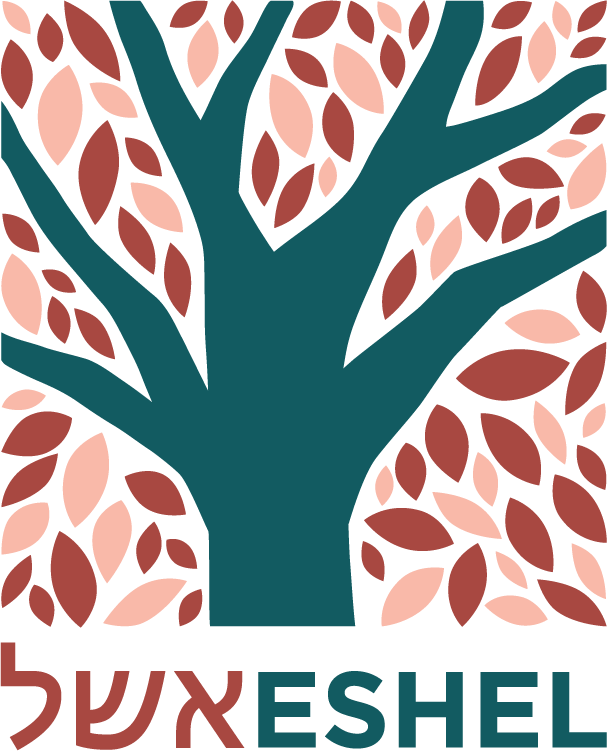By Ruben Shimonov
As a traditional Mizrahi-Sephardic gay Jewish immigrant, I never thought that it would be within the realm of possibility for me to proudly and confidently hold all of these different parts of my identity at the same time. And then I went on my first Eshel retreat. I had just moved to New York City, and had only recently come out to myself and then a handful of other people. It was a scary and vulnerable time. My friend recommended that I join him at the Eshel retreat, and I am so glad that I did. Being in that warm, welcoming, and dynamic Jewish space with hundreds of other LGBTQ folks was very transformative.
Yet, even more impactful was the fact that I was able to connect with other LGBTQ Sephardim and Mizrahim. Serendipitously, one of the main themes of that year’s retreat was Jewish diversity, and the main Friday night session featured a panel of LGBTQ Sephardic and Mizrahi Jews. As I heard their stories, I was amazed. For the first time, I saw others like me–not just because they were Jewish and queer, but because they were also Middle Eastern Jews. For the first time, my multi-layered intersectional identity didn’t seem invisible nor impossible. It was real, and it was validated, and it was reflected in others. The friendships I made on that cold winter weekend, both from the panelists and other retreat participants, have endured–as has the empowerment that I experienced.
Since that Shabbaton, I have founded and currently lead the Sephardic-Mizrahi LGBTQ Shabbat Series, a one-of-a-kind opportunity for LGTBQ Sephardim and Mizrahim to gather for monthly home-based Shabbat dinners around the city. Our gatherings serve as a way to build a vibrant multicultural LGBTQ community, celebrate our unique and multifaceted queer Jewish identities, and create a one-of-a-kind platform for the intersection of LGBTQ and Sephardic-Mizrahi life. I am deeply thankful to Eshel for creating an environment in which people can discover, and be, their full, authentic selves in a supportive community of others. That environment helped me embrace my full self, which then led me to create a similar environment for others through my own community initiative.
